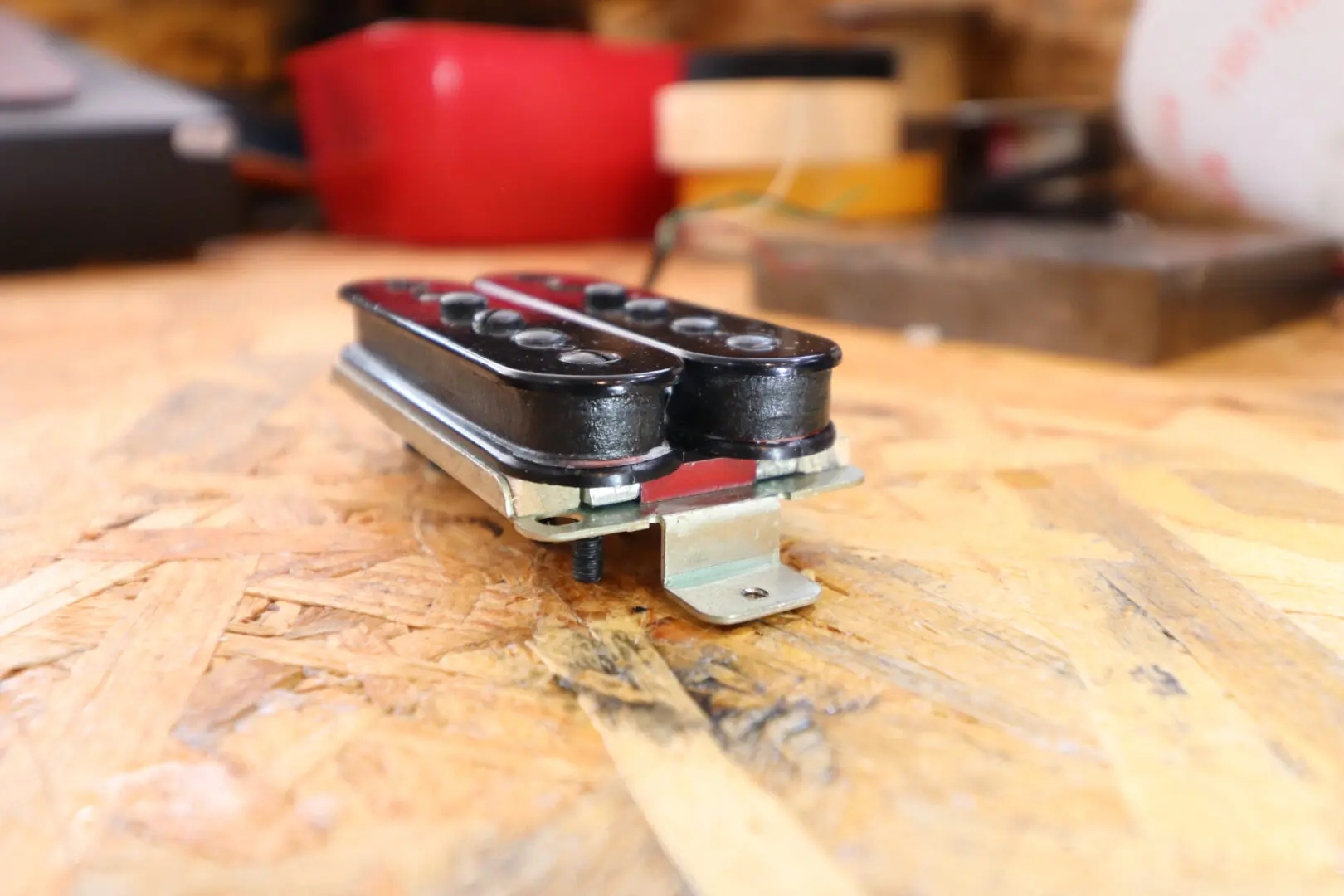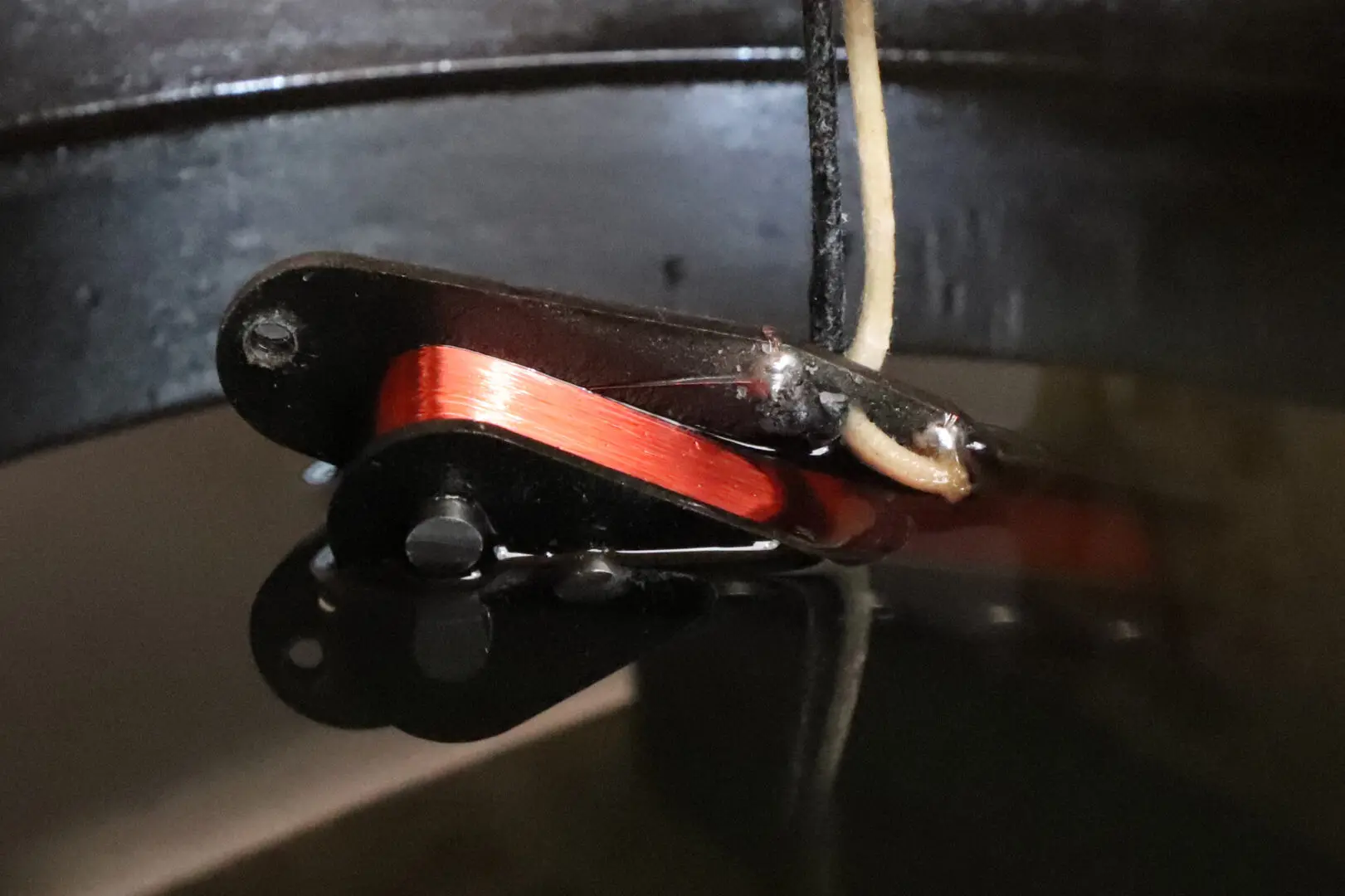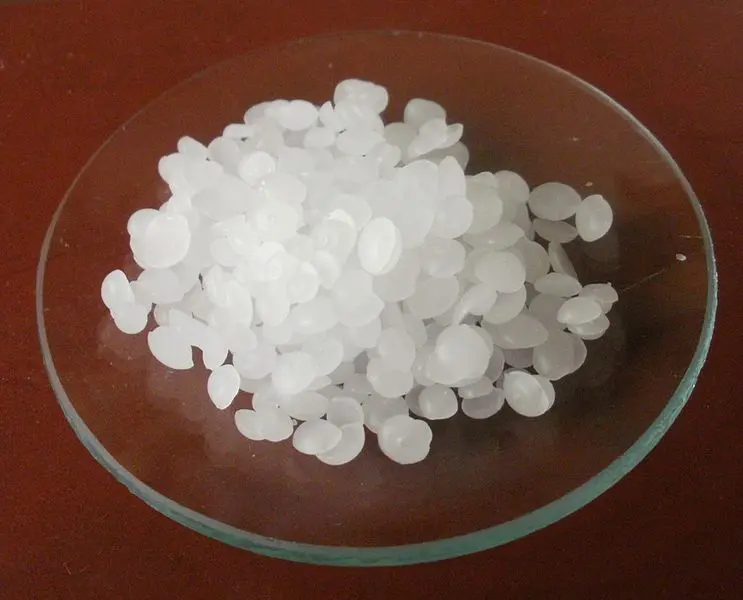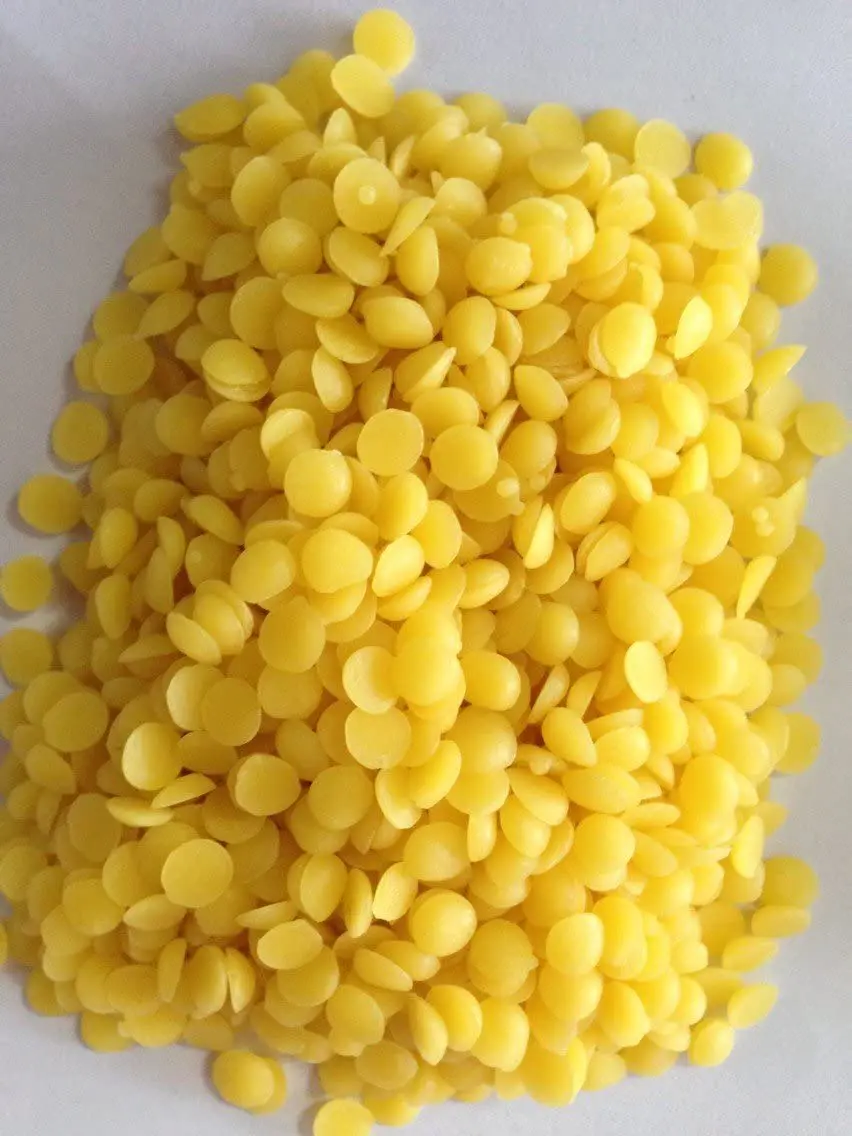Wax Potting Pickups
We’ve been dealing with pickups for many years now, and we get the same question regarding pickups – “why do I have such nasty high pitch feedback from my guitar???”
So this is it guys, the answer you’ve all been waiting for! It would be a little long, but understanding the mechanism behind the problem will leave you with the right knowledge that will last you your entire musical career.

Before we talk about wax-potting, we need to understand the problem!
What is a microphonic pickup?
A microphonic pickup is a pickup that is not sealed with wax (or any other material), therefore the coil inside it is a little looser than the coil in a sealed pickup. That loose coil can pick up other signals (electric and organic) beside your strings.
Imagine this – You just bought an old guitar. It sounds awesome. It looks great and feels perfect. You play it at home, and everything is just absolutely perfect.
You take it to the studio for a rehearsal with your band, you pull out your gear, turn up the volume, and as you stand in front of the amp, you get an annoying high pitch squeal. Everyone’s faces turn red with anger, and the bass player screams at you for deafening him. This squeal is called “Feedback“.
It occurs when the output from your amp is picked up by your pickups in addition to picking up the vibration of the strings. Your pickup is microphonic.
In some cases, you can even talk closely to your guitar pickup, then hear your voice amplified by the amp – just like an extremely low-quality microphone!

Why does this happen?
Inside the pickup, there is a bobbin wrapped thousands of times by a copper coil. This bobbin contains a magnet(s), and all of this set up is hidden inside your pickup cover, which is often made of metal.
These components (especially the coils) may vibrate as the guitar is being played.
If these components vibrate (again – especially and most likely the coil), they can create a microphonic effect that will pick up unwanted noises and may produce feedback in high volumes.

So what is wax potting?
Wax potting is the process of dipping the pickup in hot wax thus locking together the internal parts of the pickup. This prevents vibrations of all the pickup’s components, and as a result, eliminates the feedback.
Most new pickups nowadays are wax-potted by default. Some models from some manufacturers are made unpotted to give a “vintage” dimension to the tone.
☝️ When purchasing a new pickup one must take a look at the pickup’s specs and check if the new item is waxed or not! It may cause a great deal of pain to buy a pickup which is unsuitable for your needs.
Does wax potting affect tone?
There are differences in tone between potted and unpotted pickups. Some players feel that the unpotted pickups are more “lively” and dynamic, more “open” and bright, but most players still prefer potted pickups with their advantages as the love for these attributes is subjective.
| Unpotted Pickups | Wax-potted Pickups |
| Highly microphonic – squeals in high volumes, amplifying pick strikes | Quiet – minimum feedback in high volumes, does not amplify pick strike noise |
| Brighter and more dynamic | More “modern” and tighter |
| Less coil protection in uncovered pickups | More coil protection in covered pickups |
| Less suitable for high gain and distortion | More suitable for high gain and distortion |
Repotting old pickups
Older pickups (up until the mid-’60s) were not waxed or just waxed inappropriately. Some of the un-potted characteristics still remain highly sought after by “vintage” sound seekers.
Wax can dry-out over time, and after many years pickups can become microphonic. Re-potting can be done on an old pickup to be restored to its original properties!
Other ways of fixing a microphonic pickup
There are other ways of canceling microphonics in pickups, such as epoxy-dipping, or lacquer dipping. These methods are much more long-lasting compared to wax-potting but are harder to repair if needed.
☝️ Epoxy or lacquer is much thicker than wax and won’t penetrate the gaps between the parts as well as wax.
Now let’s talk about wax types…
There are different types of wax, like beeswax or paraffin wax, but the most common and recommended to our view is a combination of both.
There are differences between beeswax and paraffin wax. For starters – beeswax is natural while paraffin is petroleum-based. Beeswax is much more flexible compared to paraffin which is brittle. Paraffin vapors might ignite if heated too much which actually makes this wax dangerous.
There are some claims about sound differences between the two, that suggest that beeswax is darker in tone compared to paraffin. Paraffin tends to break easily over time due to its tendency to expand and contract during temperature changes.
Beeswax is much more stable in that aspect so combining the two will give the best overall result. Here at Coils Boutique, we like to add about 20% beeswax to our paraffin. It’s very stable and durable and gives excellent results with everything concerning tone quality.

| Paraffin |
| Brittle |
| Petroleum Based |
| Keeps high frequencies |
| Expands and contracts in temperature changes |
| Easily ignites when overheated |
| Paraffin vapours are harmful |

| Beeswax |
| Flexible |
| Natural |
| Dampens high frequencies |
| Stable in temperature changes |
| Safe to use |
| No harsh vapours |

Fixing a microphonic pickup
Many players like to maintain their own guitars. If you are one of those we will help you wax pot your pickups at home and hopefully fix the problem.
How to fix a microphonic pickup
⚠️ If you are not familiar with tools and guitar-repair we recommend you do not try this at home and go to a professional guitar technician.
We really hope this article was useful to you. All there is to know about this subject is right here for you. If you have any more questions, if there is something that is misunderstood or if more help is needed please feel free to contact us, we are more than happy to assist.
Alone Sage,
Coils Boutique

